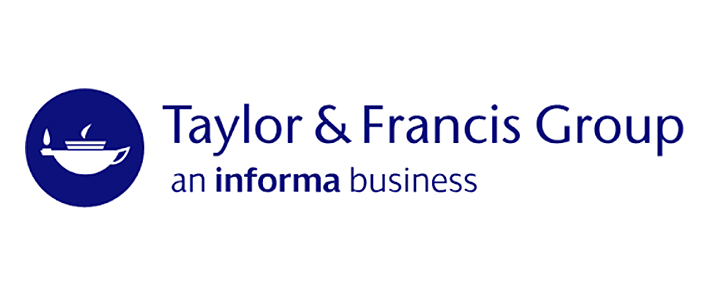Quantum mechanics / Gennaro Auletta, Mauro Fortunato and Giorgio Parisi.
Material type: TextPublication details: Cambridge : Cambridge University Press, 2013.Description: xxxi, 724 p. : ill. ; 26 cmISBN:
TextPublication details: Cambridge : Cambridge University Press, 2013.Description: xxxi, 724 p. : ill. ; 26 cmISBN: - 9781107665897
- 530.12 23 Au924
| Item type | Current library | Call number | Status | Date due | Barcode | Item holds | |
|---|---|---|---|---|---|---|---|
| Books | ISI Library, Kolkata | 530.12 Au924 (Browse shelf(Opens below)) | Available | 137423 |
Includes bibliographical references and indexes.
Introduction; Part I. Basic Features of Quantum Mechanics:
1. From classical mechanics to quantum mechanics;
2. Quantum observable and states;
3. Quantum dynamics;
4. Examples of quantum dynamics;
5. Density matrix;
Part II. More Advanced Topics:
6. Angular momentum and spin;
7. Identical particles;
8. Symmetries and conservation laws;
9. The measurement problem;
Part III. Matter and Light:
10. Perturbations and approximation methods;
11. Hydrogen and helium atoms;
12. Hydrogen molecular ion;
13. Quantum optics;
Part IV. Quantum Information: State and Correlations:
14. Quantum theory of open systems;
15. State measurement in quantum mechanics;
16. Entanglement: non-separability;
17. Entanglement: quantum information and computation.
The important changes quantum mechanics has undergone in recent years are reflected in this approach for students. A strong narrative and over 300 worked problems lead the student from experiment, through general principles of the theory, to modern applications. Stepping through results allows students to gain a thorough understanding. Starting with basic quantum mechanics, the book moves on to more advanced theory, followed by applications, perturbation methods and special fields, and ending with developments in the field. Historical, mathematical and philosophical boxes guide the student through the theory. Unique to this textbook are chapters on measurement and quantum optics, both at the forefront of current research. Advanced undergraduate and graduate students will benefit from this perspective on the fundamental physical paradigm and its applications.
There are no comments on this title.


























